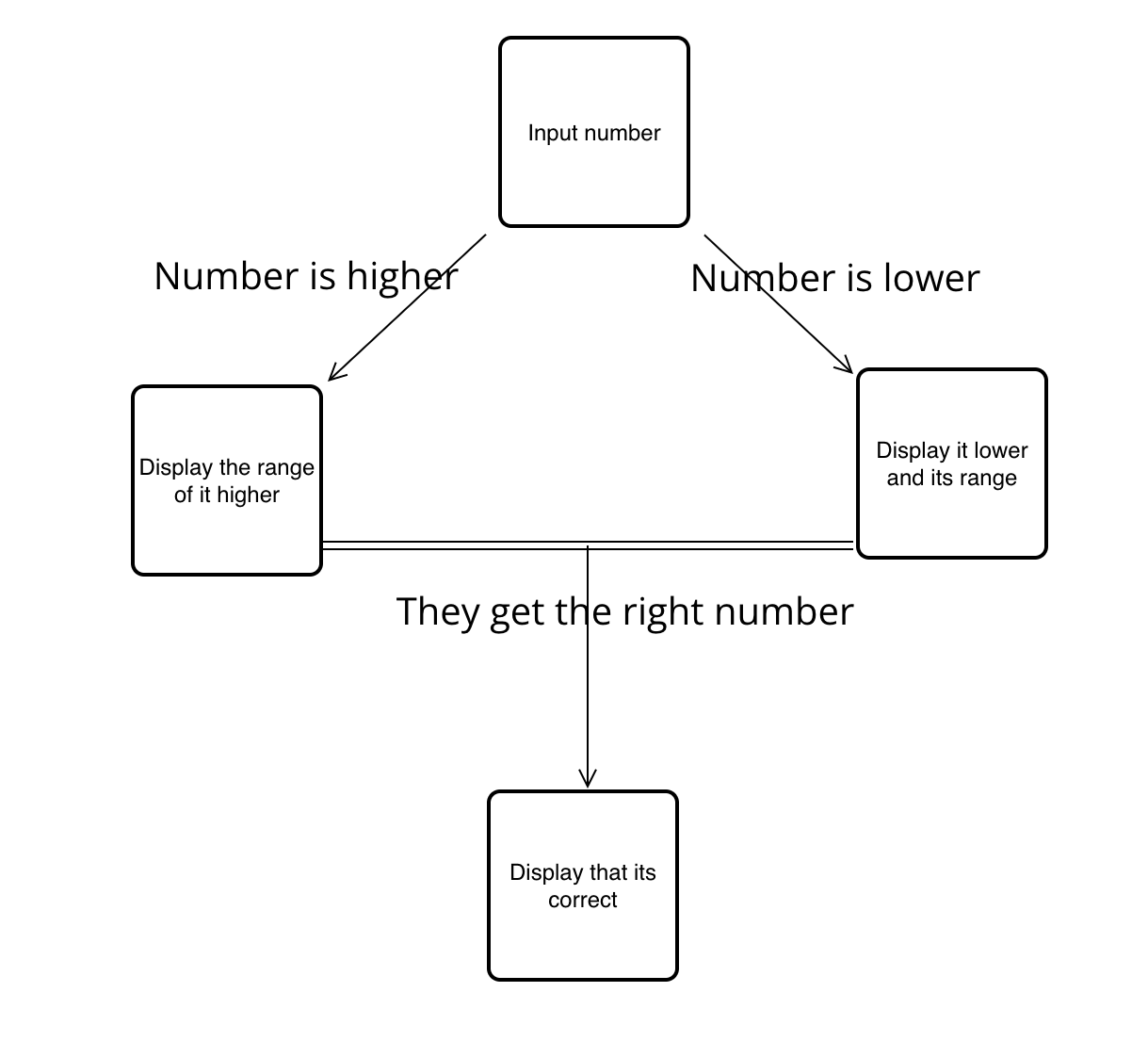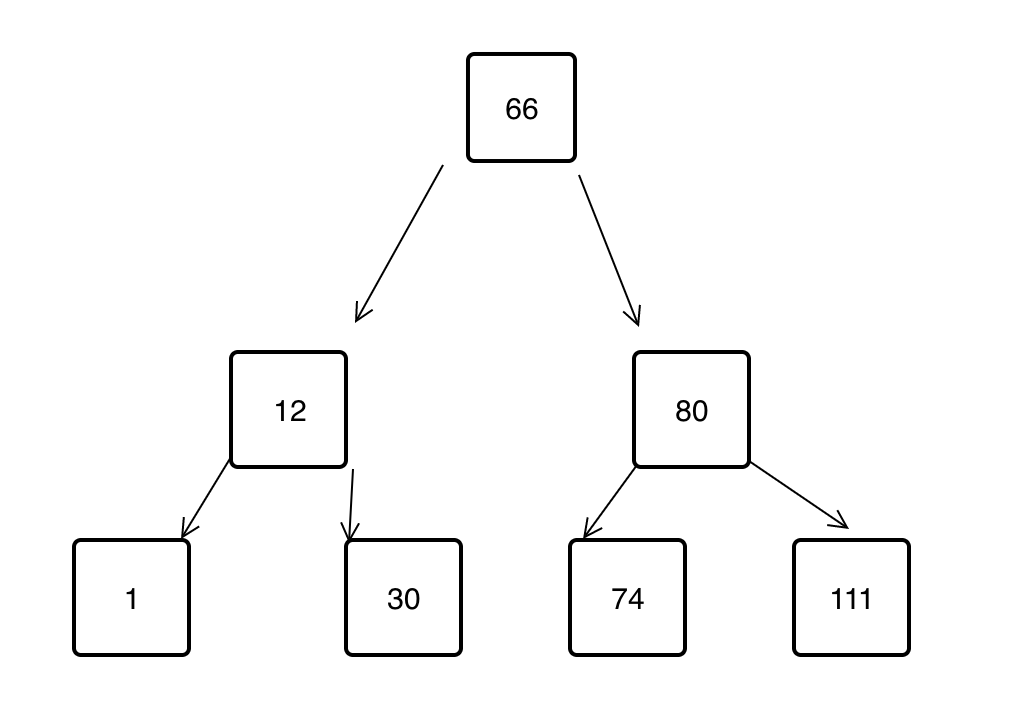Unit 3.9 & 3.11 Blog
what are the three components of an algorithm?
- selection
- sequence
- iteration
Whats the main idea?
- Different algorithms can be used to solve the same problem
Why is it important?
- When 2 algorithms look extremely similar, it is easy to assume they do the same thing. However, that is not the case and we have learn how to notice small differences in code and pretty much debug.
- just know that codes that look similar don't always produce the same things
Hacks
- why is it important to know that algorithms that look different can do the same thing and that algorithms that look the same might have different results?(0.15)
- for the converted conditional to boolean conversion(0.10)
- total: 0.25
It is important to know the difference between algorithms because it allows you to predict the outcome to a certain situation that the algorithm involves.
tired = False
time = True
work = not(tired) and time
if work == False:
print("stay at home!")
if work == True:
print("go to work!")
Hacks
Develop your own complex algorithm using a flowchart and natural language, then code it!
Requirements:
- Includes both a flowchart AND natural language
- Working code of the same algorithm
- Incorporates selection AND/OR iteration
- Make it creative!
Tips:
- This site is good for making flowcharts!
- Natural language should just be a list
- Think about the whole process, not just the end result

- are you awake? if not run again.
- are you sick?
- No, go to work. Yes, Don't go to work.
awake = True
sick = False
if awake and not sick:
print("Go to work")
else:
print("stay at home")
import random
#sets variables for the game
num_guesses = 0
user_guess = 0
upper_bound = 100
lower_bound = 0
#generates a random number
number = random.randint(1,100)
# print(number) #for testing purposes
print(f"I'm thinking of a number between 1 and 100.")
#Write a function that gets a guess from the user using input()
def guess():
#get a guess from the user
user_guess = int(input("Enter your guess: "))
return user_guess
#Change the print statements to give feedback on whether the player guessed too high or too low
def search(number, guess):
global lower_bound, upper_bound
if guess < number:
print("Your guess is too low.") #change this
lower_bound = guess
elif guess > number:
print("Your guess is too high.") #change this
upper_bound = guess
return lower_bound, upper_bound
while user_guess != number:
user_guess = guess()
num_guesses += 1
print(f"You guessed {user_guess}.")
lower_bound, upper_bound = search(number, user_guess)
print(f"Guess a number between {lower_bound} and {upper_bound}.")
print(f"You guessed the number in {num_guesses} guesses!")

- 12, 14, 43, 57, 79, 80, 99
- 57
- 92, 43, 74, 66, 30, 12, 1
- 43
- 7, 13, 96, 111, 33, 84, 60
- 60



- It will take the number in between